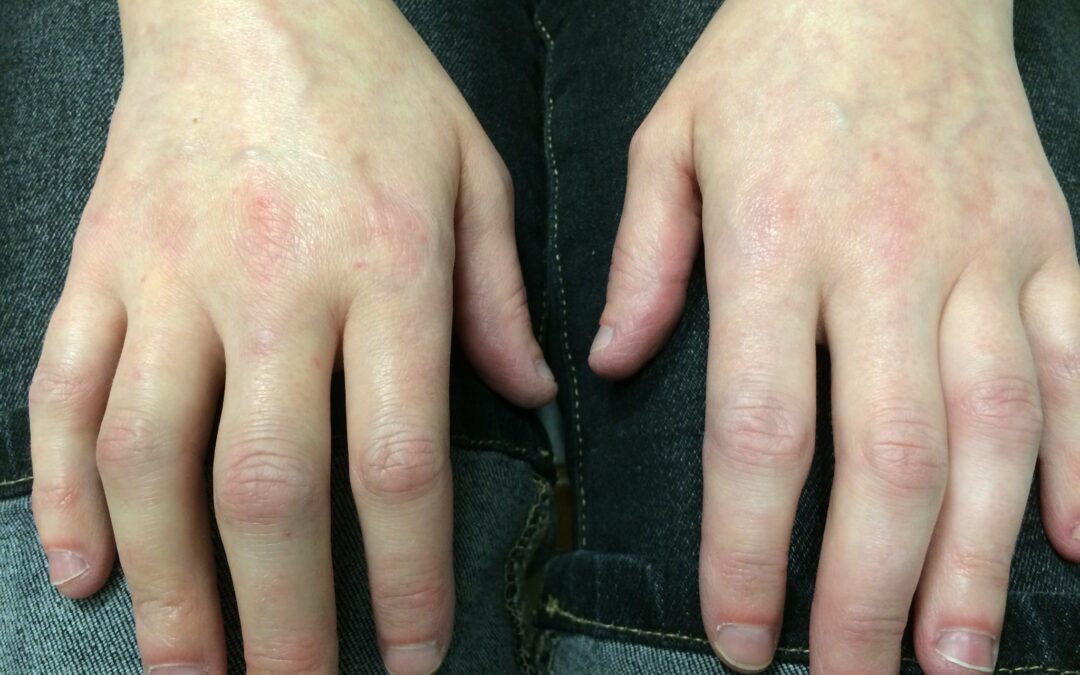Arthritis is a common condition characterized by inflammation of one or more joints, leading to pain, swelling, stiffness, and reduced range of motion. It affects millions of people worldwide and can significantly impact quality of life. There are several types of arthritis, each with its own set of causes, symptoms, and treatment approaches.
The most common type of arthritis is osteoarthritis (OA), often referred to as “wear and tear” arthritis. It occurs when the protective cartilage that cushions the ends of the bones wears down over time, leading to pain and stiffness in joints such as the hands, knees, hips, and spine. Osteoarthritis is more prevalent in older adults and can be influenced by factors like obesity, joint injury, and genetics.
Rheumatoid arthritis (RA) is an autoimmune disorder where the body’s immune system mistakenly attacks its own tissues, particularly the joints. This results in inflammation that can damage joint tissue, leading to chronic pain, swelling, and potential deformity. RA is more common in women than men and may also affect other organs of the body.
Psoriatic arthritis (PsA) is an inflammatory arthritis associated with psoriasis, a skin condition characterized by red, scaly patches. PsA can affect any joint in the body and may cause stiffness, pain, and swelling. The severity can vary, and in some cases, it can lead to significant joint damage.
Ankylosing spondylitis (AS) is a form of arthritis that primarily affects the spine, leading to severe inflammation of the spinal joints. This can cause chronic pain and stiffness in the back and neck, and in advanced cases, the bones of the spine may fuse together, resulting in a rigid spine.
Gout is a form of inflammatory arthritis characterized by sudden, severe attacks of pain, swelling, redness, and tenderness in the joints, often the big toe. Gout is caused by elevated levels of uric acid in the blood, which can form sharp crystals in and around the joints.
Evaluating arthritis often begins with a medical history and physical examination, followed by imaging tests like X-rays, MRI, or CT scans to assess joint damage. Blood tests may be conducted to identify markers of inflammation or specific antibodies, such as rheumatoid factor (RF) or anti-cyclic citrullinated peptide (anti-CCP) antibodies, which are indicative of RA.
Treatment for arthritis aims to reduce symptoms, improve joint function, and prevent further damage. For osteoarthritis, management may include lifestyle changes, physical therapy, pain relievers, and, in severe cases, surgery to replace or repair damaged joints. Rheumatoid arthritis treatment typically involves disease-modifying antirheumatic drugs (DMARDs) like methotrexate, biological response modifiers (biologics), and physical therapy to manage symptoms and slow disease progression.
For psoriatic arthritis, treatment can include NSAIDs, DMARDs, biologics, and topical treatments for skin lesions. Ankylosing spondylitis treatment focuses on reducing pain and stiffness and may include NSAIDs, biologics, and physical therapy. Gout is treated with medications to reduce uric acid levels in the blood, along with anti-inflammatory drugs to manage pain during acute attacks.
In summary, arthritis encompasses a range of conditions with varying causes, symptoms, and treatment strategies. Early diagnosis and appropriate management are crucial to minimize symptoms, prevent joint damage, and maintain quality of life for individuals with arthritis.

